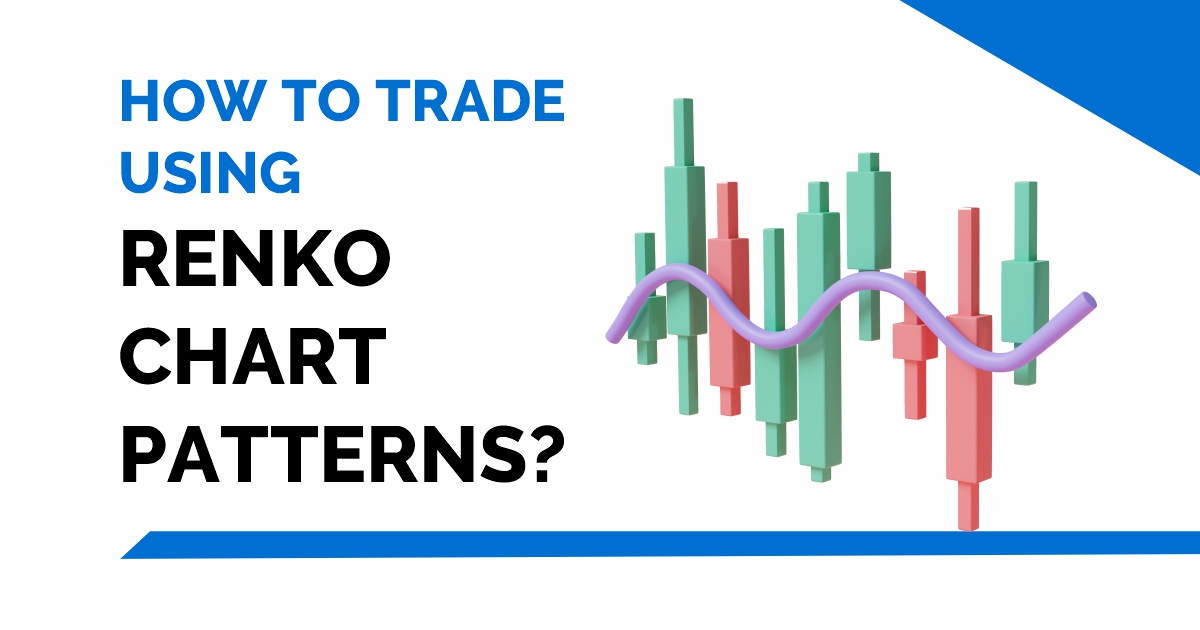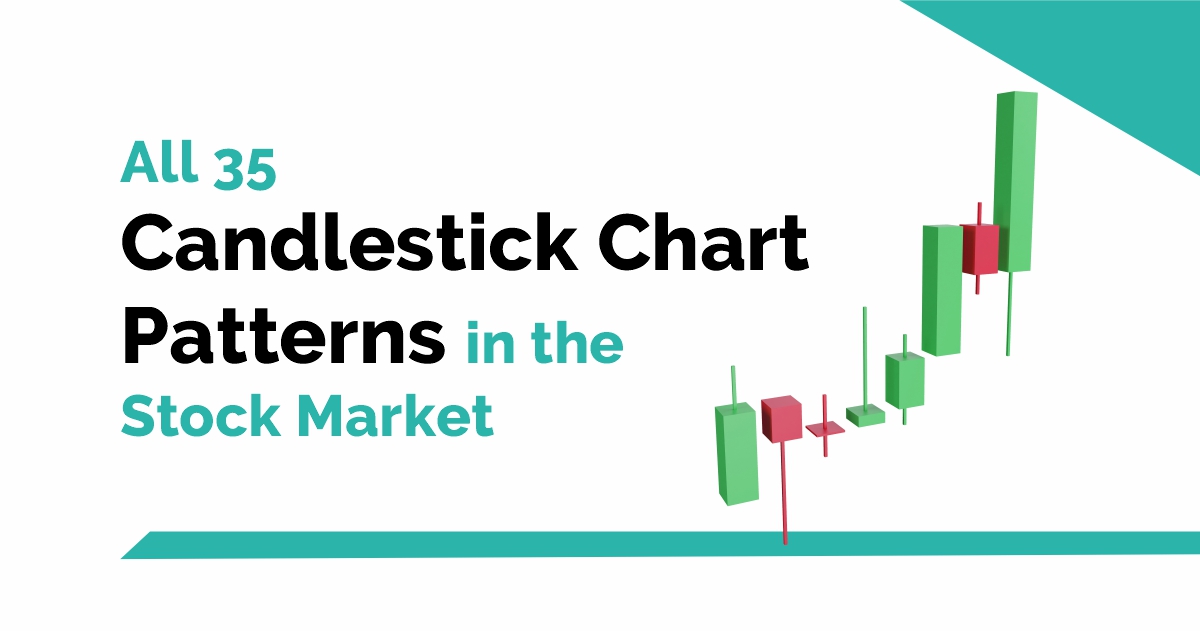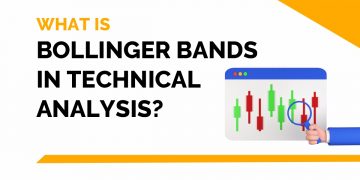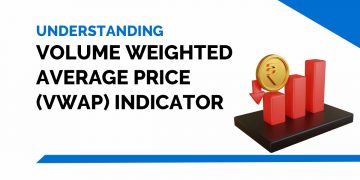The Renko Trading Strategy is intended to eliminate much of the market noise produced by standard candlestick charts. We’d like to introduce you to Renko charts if you’re tired of using the same old Japanese candlestick charts. Using Renko charts, we remove the time element and concentrate solely on the price, isolating the trend.
When actively trading the markets (scalping, day trading), it is critical to have a methodology in place to filter out market noise. The Renko trading strategy is time-independent and provides an unusual perspective on price action.
Even though free Renko charts can be used across multiple asset classes, including cryptocurrencies, our basic Renko system is designed, but not limited to, to use in the Forex market.
In today’s blog, we will discuss how to trade with Renko Charts and Trading Patterns:
What are Renko Charts?
A Renko chart is a type of Japanese chart that is built using price movement rather than price and standardized time intervals, as most charts are. The chart is thought to be named after the Japanese word for bricks, “renga,” because it resembles a series of bricks.
When the price moves a certain amount, a new brick is created, and each block is positioned at a 45-degree angle (up or down) to the previous brick. An up brick is usually white or green, whereas a down brick is usually black or red.
How to use Renko Charts?
Renko charts filter out minor price movements, allowing traders to focus on important trends. While this makes identifying trends much easier, the downside is that some price information is lost due to the Renko charts‘ simple brick construction.
The first step in creating a Renko chart is determining the size of the boxes to represent the magnitude of price movement. For the stock example, suppose a stock is worth Rs. 10 and has Rs. 0.25 box size.
A new brick will be drawn if the price rises to Rs. 10.25. That brick will not be drawn until the price reaches Rs. 10.25 or higher. A new brick will not be drawn if the price only reaches Rs. 10.24. A brick is not deleted once it has been drawn. If the price rises to or exceeds Rs. 10.50 (and remains there), another brick will be drawn.
ATR is used in addition to fixed box sizes. Because ATR is a measure of volatility, it fluctuates over time. The fluctuating ATR value will be used as the box size in Renko charts based on ATR.
Renko charts have a time axis, but the time intervals are variable. One brick may take months, whereas several bricks may form daily. This differs from candlesticks or bar charts, in which a new candle/bar forms regularly.
Trading Strategy using Renko Charts
A Renko trading strategy can assist traders in identifying high-quality trading opportunities. A Renko chart can provide the following signals:
1. Support and Resistance
Renko charts exhibit strength when the bricks alternate at a specific price area for an extended period of time. At these levels, traders can trade range-bound strategies while watching for them.
A range-bound trade will involve buying near areas of support and selling near areas of resistance. Renko charts highlight strong support and resistance areas, allowing traders to look for price breakouts and ride the new trend.
2. Chart Patterns
As Renko bricks are drawn over time, they exhibit characteristics similar to those seen in traditional candlestick charts, such as double tops and double bottoms, head and shoulders, and triangles. When such chart patterns appear on a Renko chart, they are easy to identify, more reliable, and have a high probability of occurrence.
3. Trailing Stop Losses
Renko charts help traders identify the long-term dominant trend. This could allow traders to profit from the trend in the long run. While this is fantastic, it is also critical to partial book profits as the trend continues. Renko charts are excellent for determining the best price areas to enter to maximize profits from following an existing trend.
Renko charts provide traders with high-quality, dependable signals. However, the formation of boxes can sometimes be delayed, denying traders the opportunity to capitalize on a good opportunity early on. While long-term traders will not be bothered by this, it may be very restrictive.
Watch our webinar on Index and Stocks trading using Renko Charts
Pros and Cons of Renko Charts
Let us discuss the advantages and disadvantages of using Renko Charts:
Due to their lack of reliance on time, Renko charts do not provide as much detail as candlesticks or bar charts. A stock fluctuating for a long time may be represented by a single box, which does not convey everything that happened during that time. This may be advantageous to some traders but not to others.
Renko charts provide a broader view of the market and aid in identifying long-term market trends (short-term noise is filtered out), and assist traders in identifying market support and resistance areas.
Renko charts assist traders in capitalizing on long-term trends and identifying markets where the trend has clearly reversed. This can help you decide when to offset positions in trending markets.
You can also do our Masterclass on Renko Chart Patterns
Bottomline
These charts provide traders with a straightforward yet effective understanding of market patterns because of their distinctive architecture based on price fluctuations. These charts help traders identify trends clearly by removing noise and emphasizing big price movements, which enables them to make well-informed decisions. Including Renko charts in your technical analysis, toolset can help traders of all skill levels identify trends, control risk, and develop more effective trading methods.
What are Renko Charts?
One kind of financial chart utilized in technical analysis is the Renko chart. They differ from other price representations in that they employ fixed-size bricks or boxes to symbolize price fluctuations rather than time intervals.
How are Renko Charts Different from Traditional Candlestick Charts?
These charts highlight notable price moves as opposed to standard candlestick charts, which show price movements over predetermined time intervals. Without regard to time, a new brick is only created when the price rises above a certain threshold.
Visit StockEdge for more Market Updates








